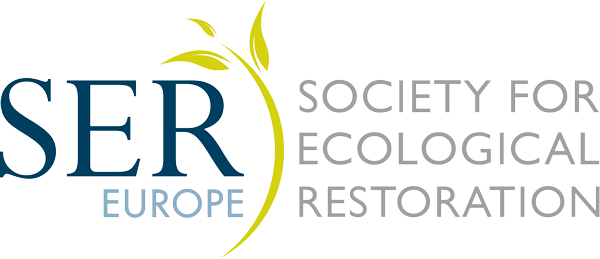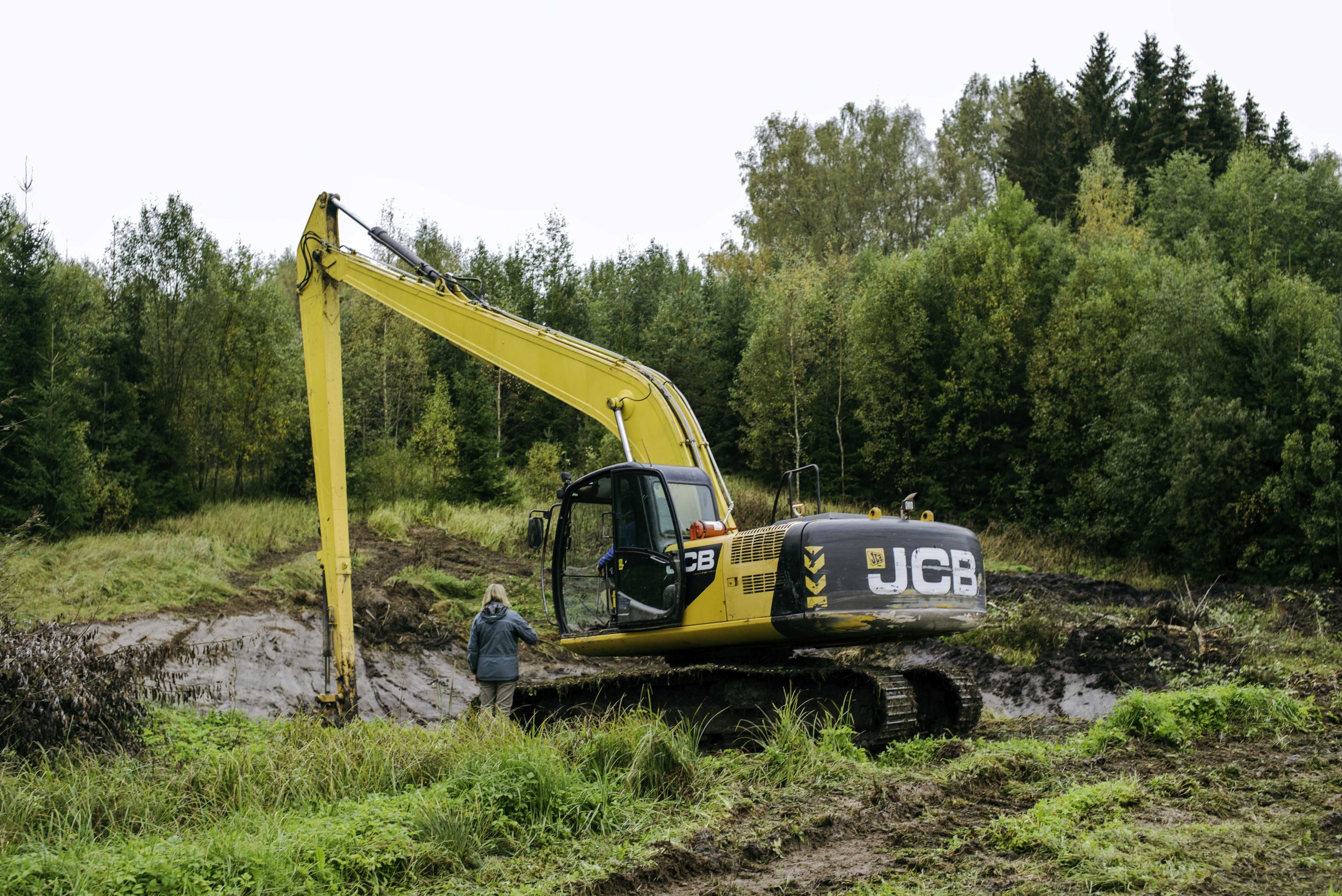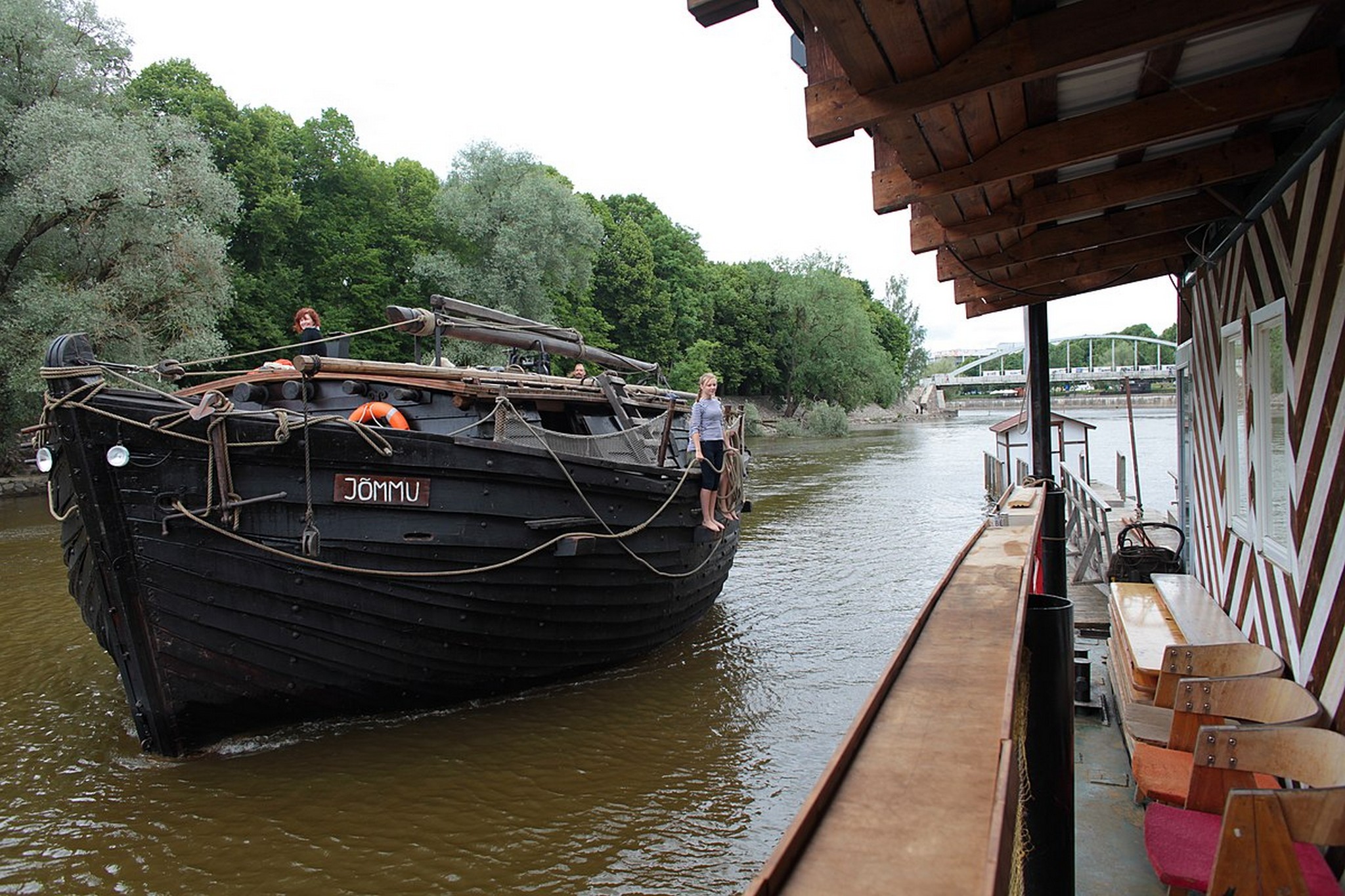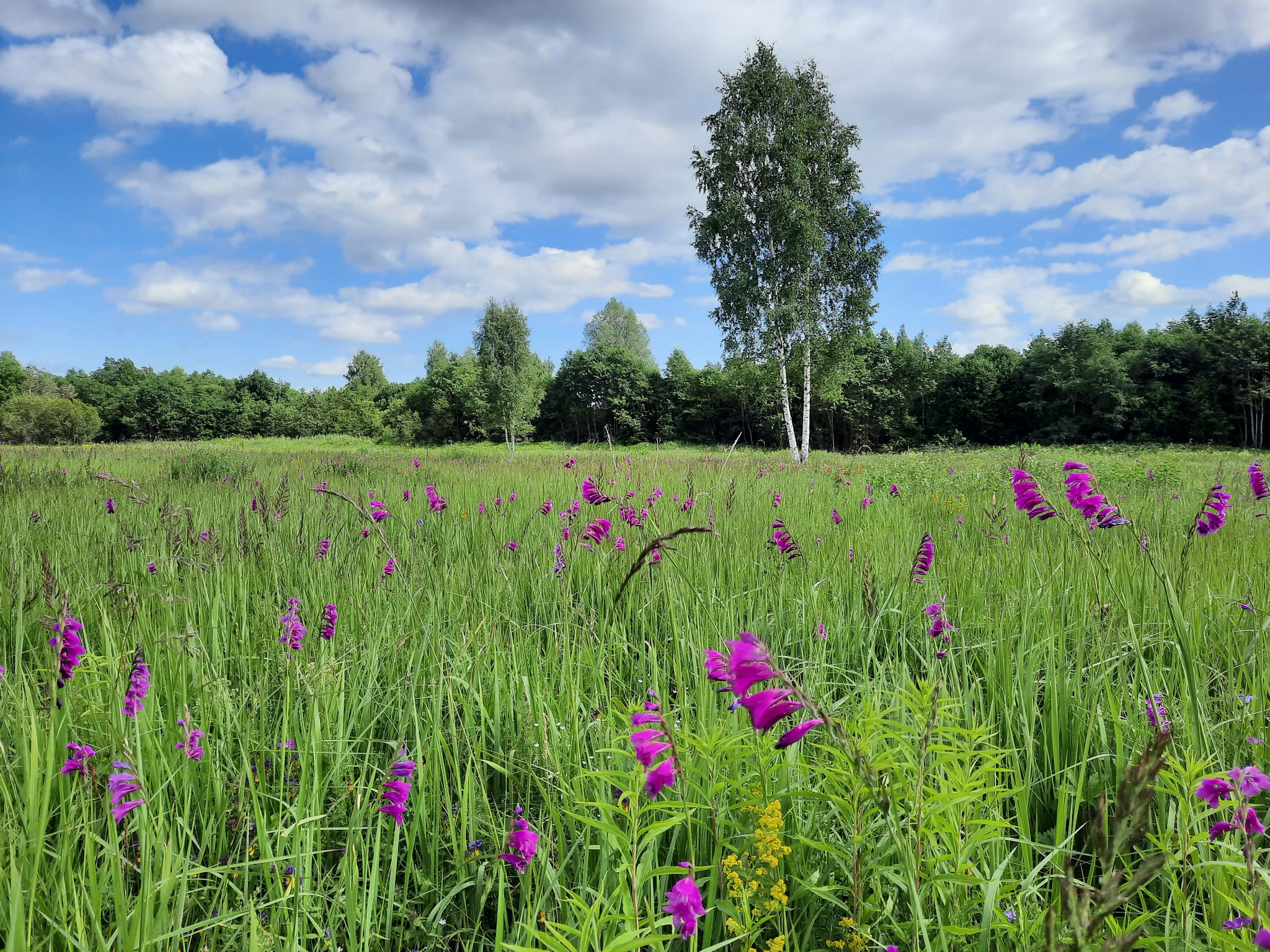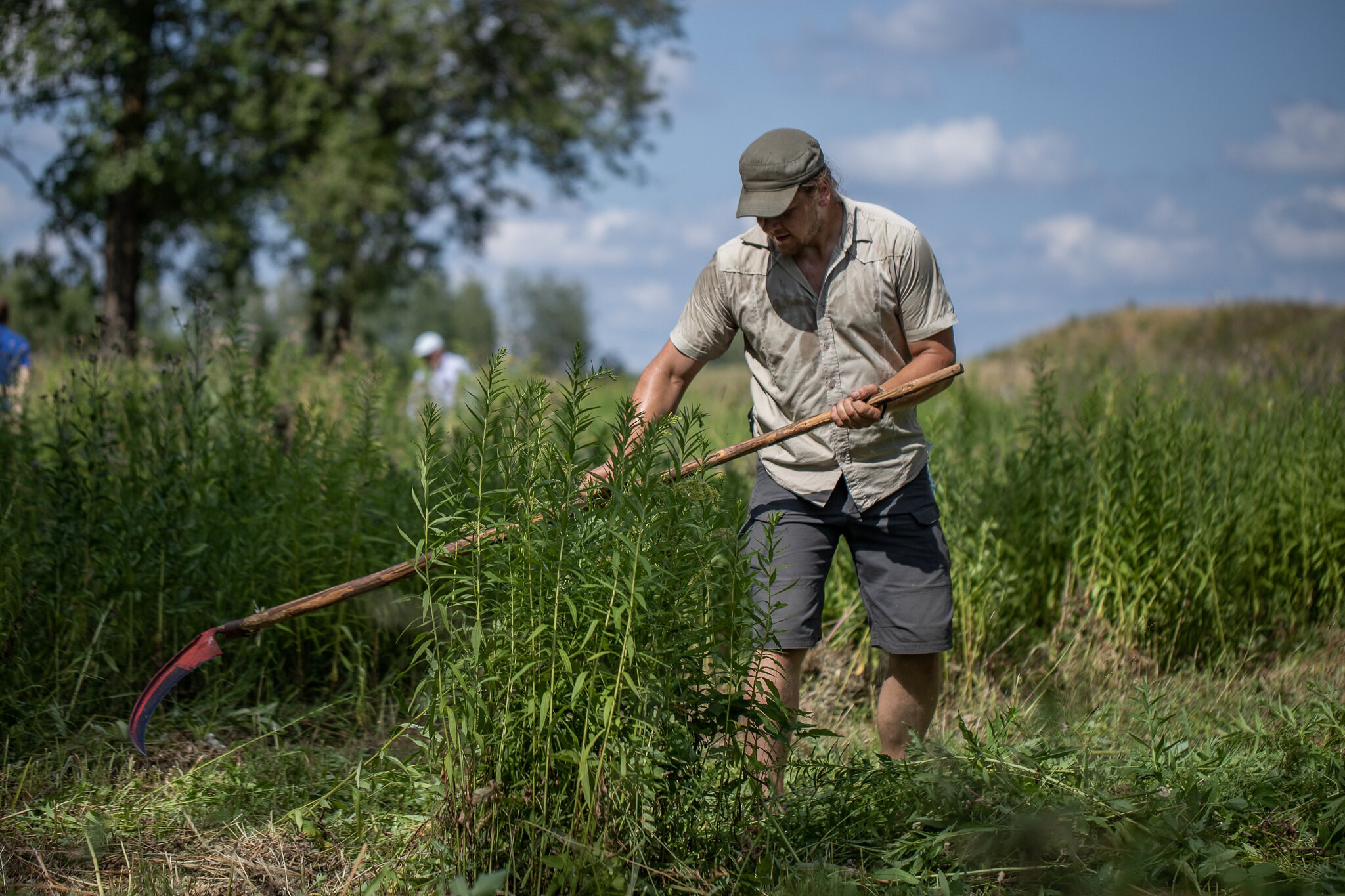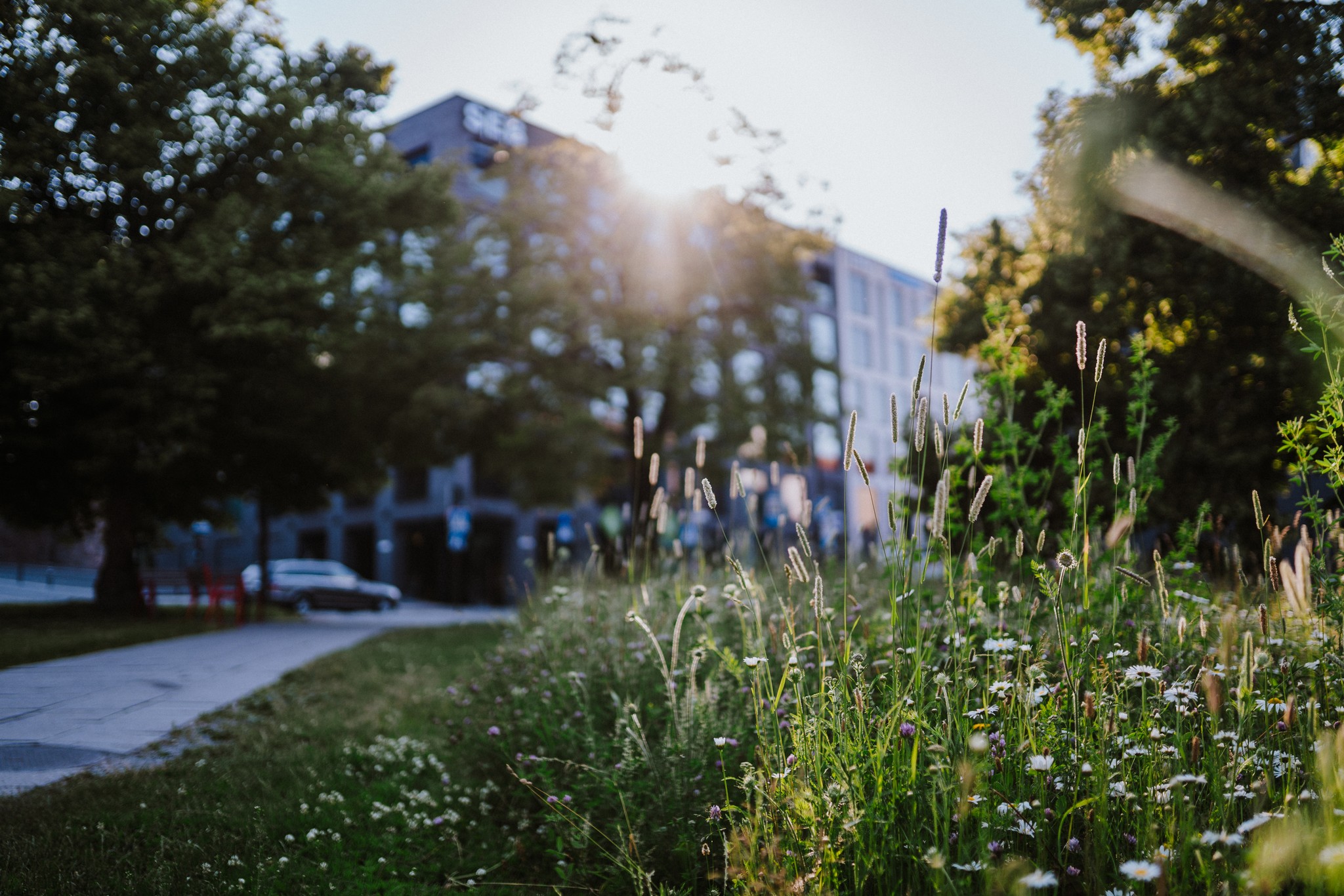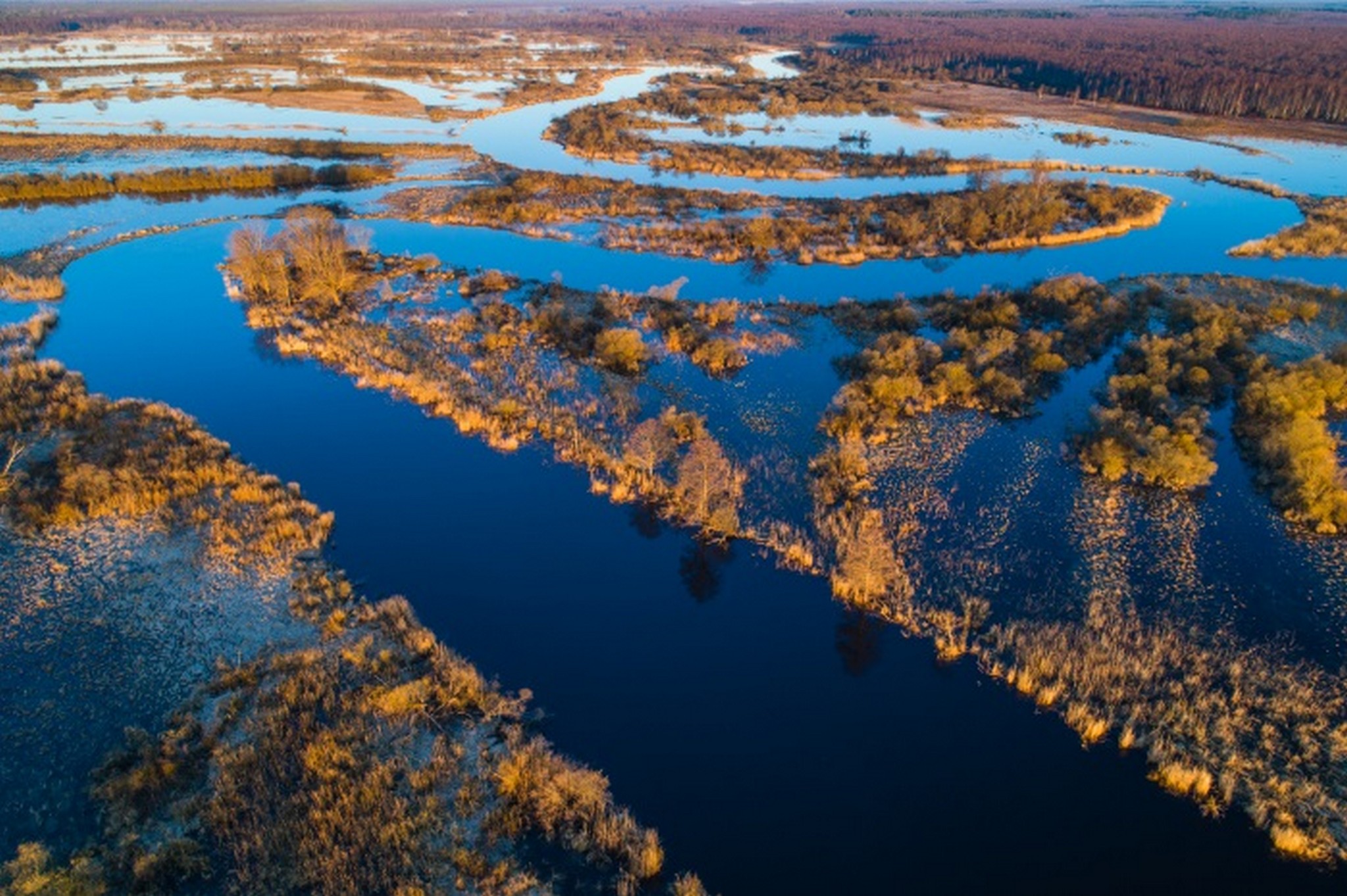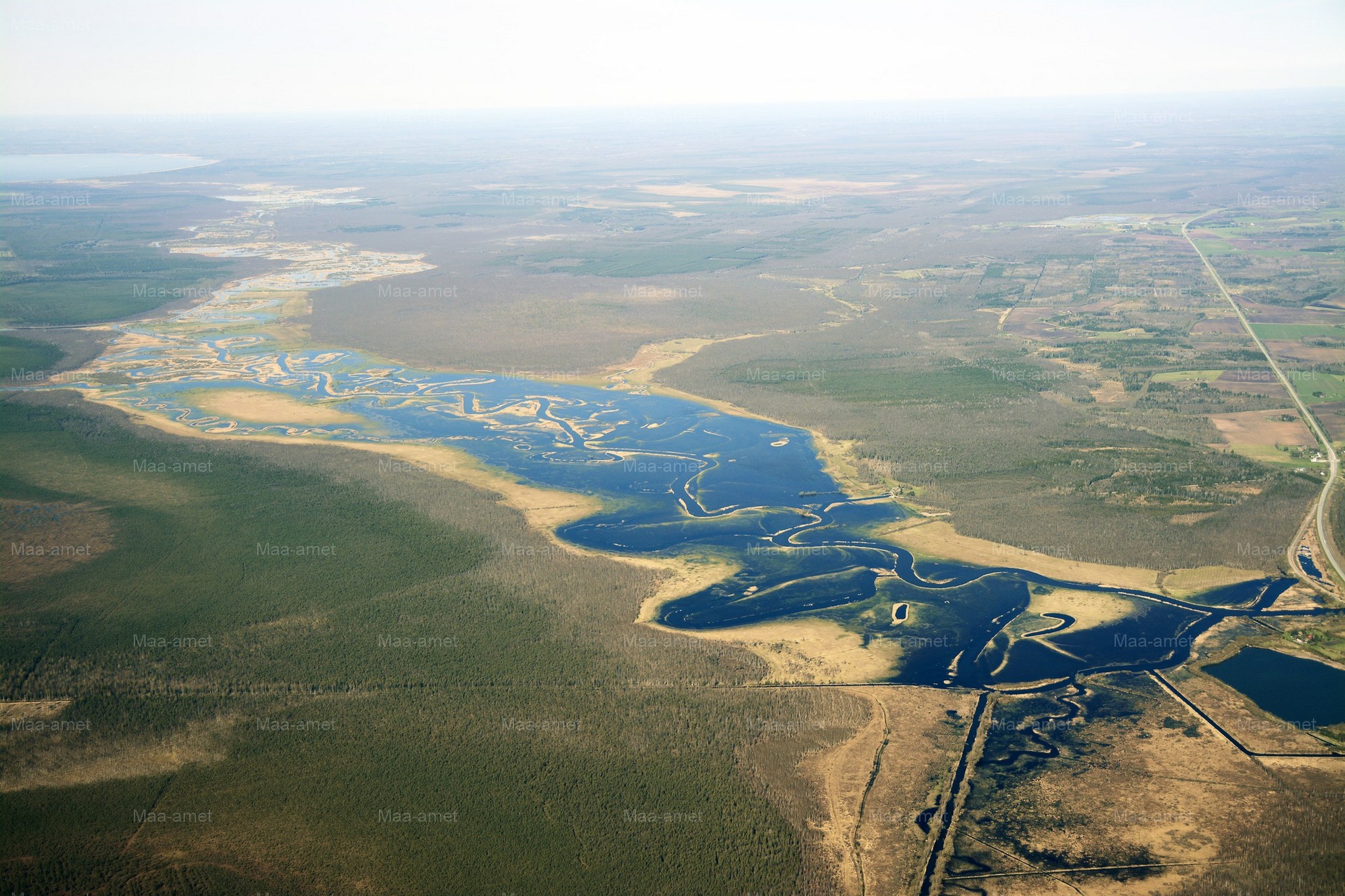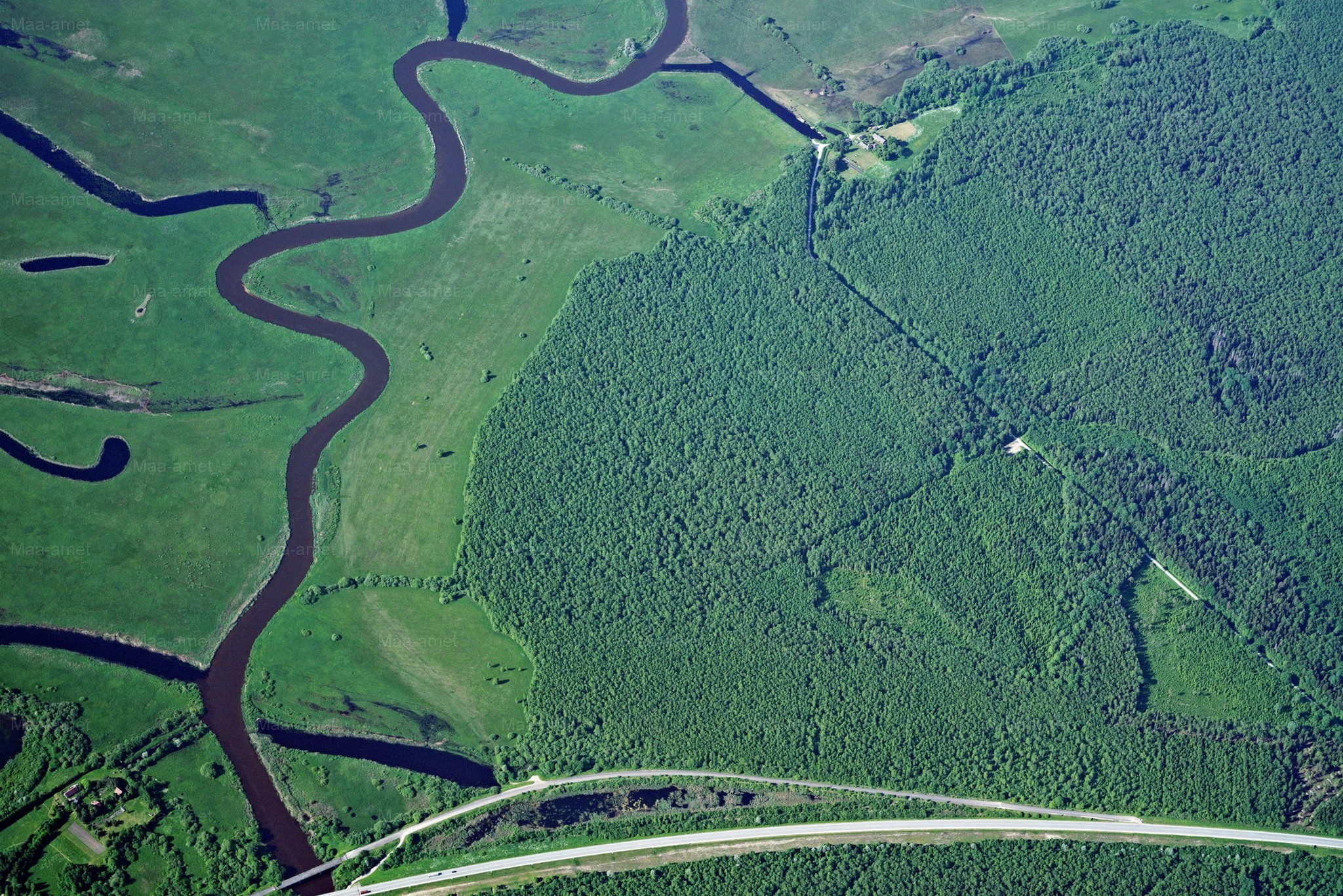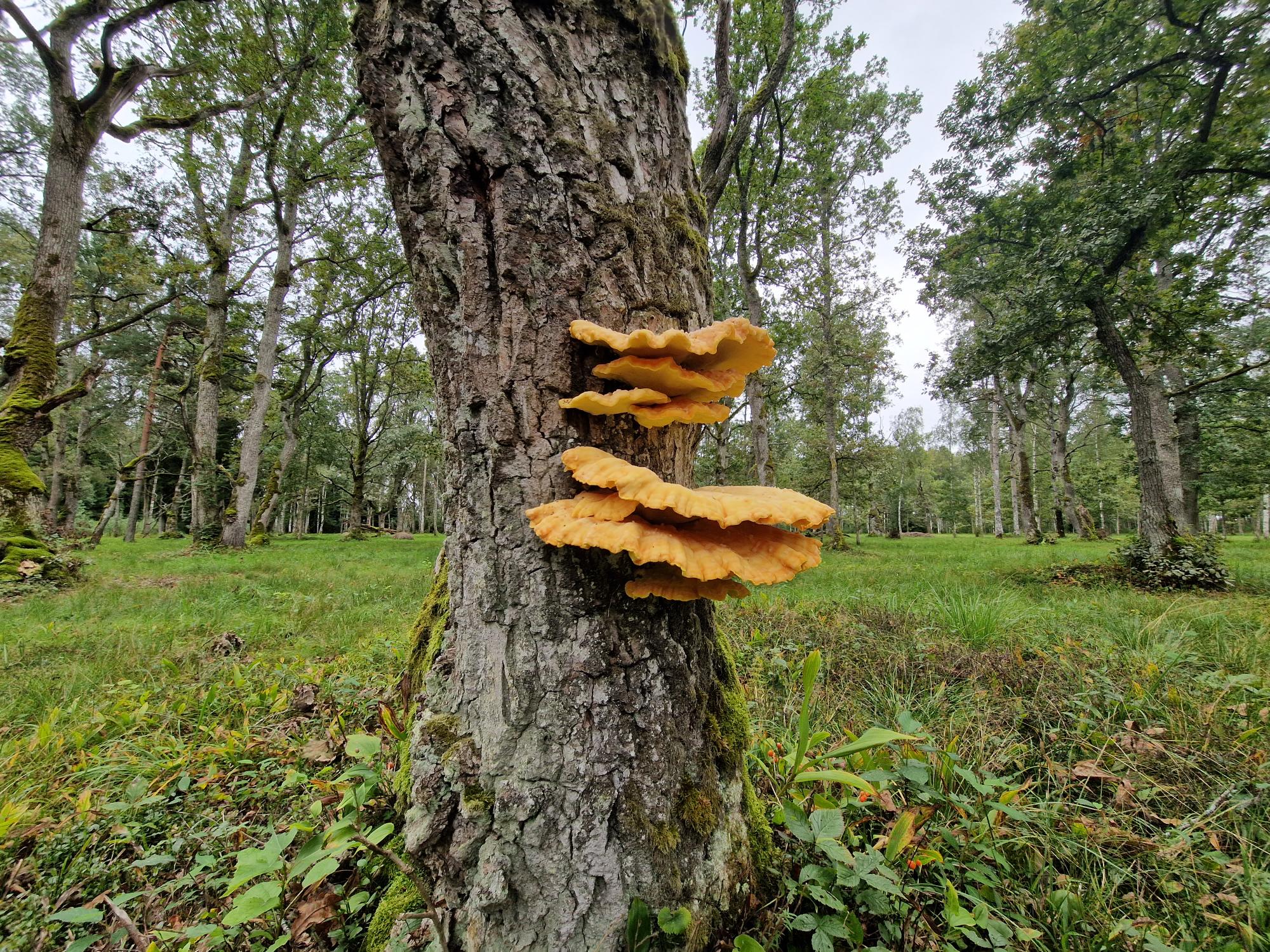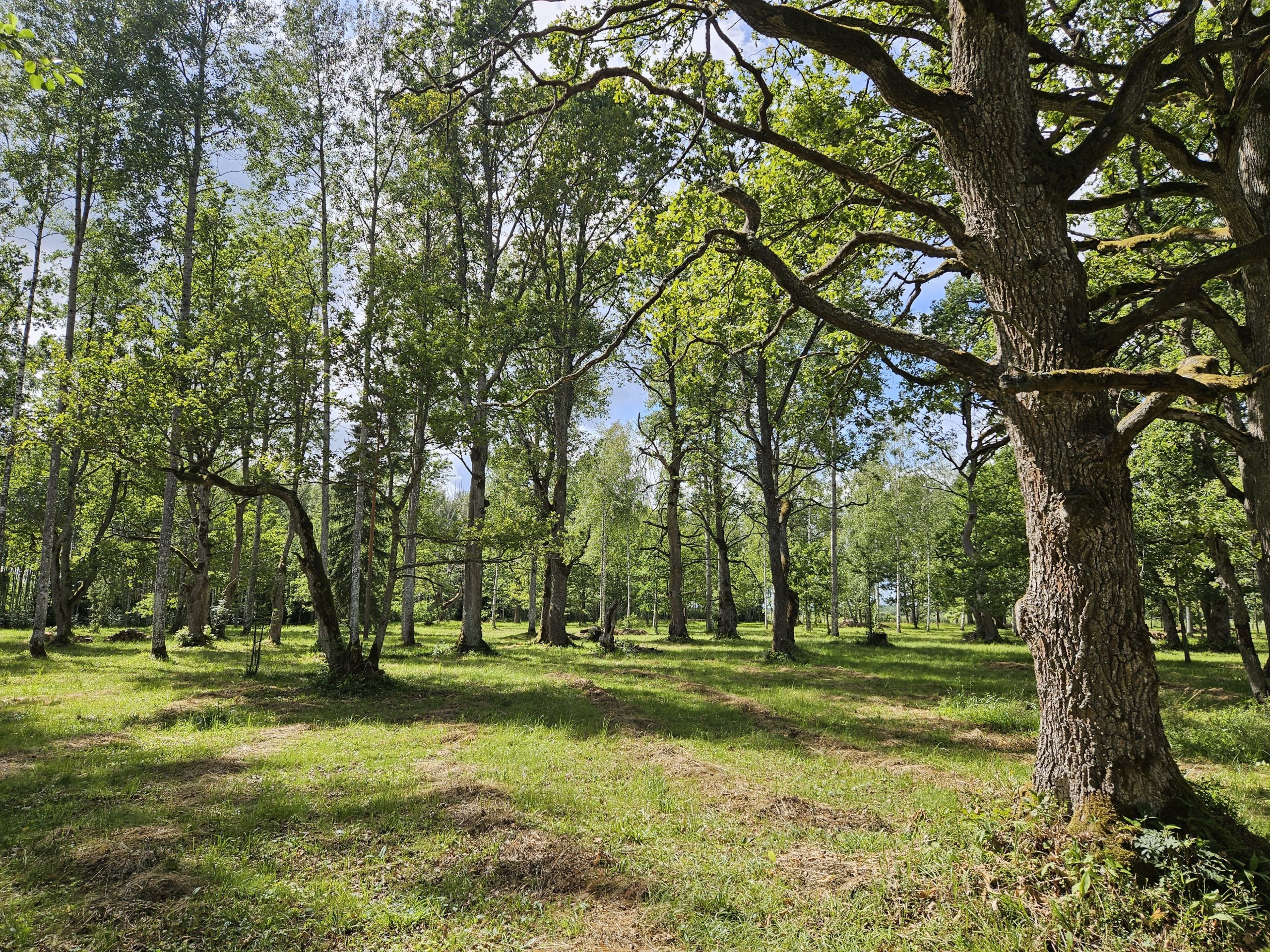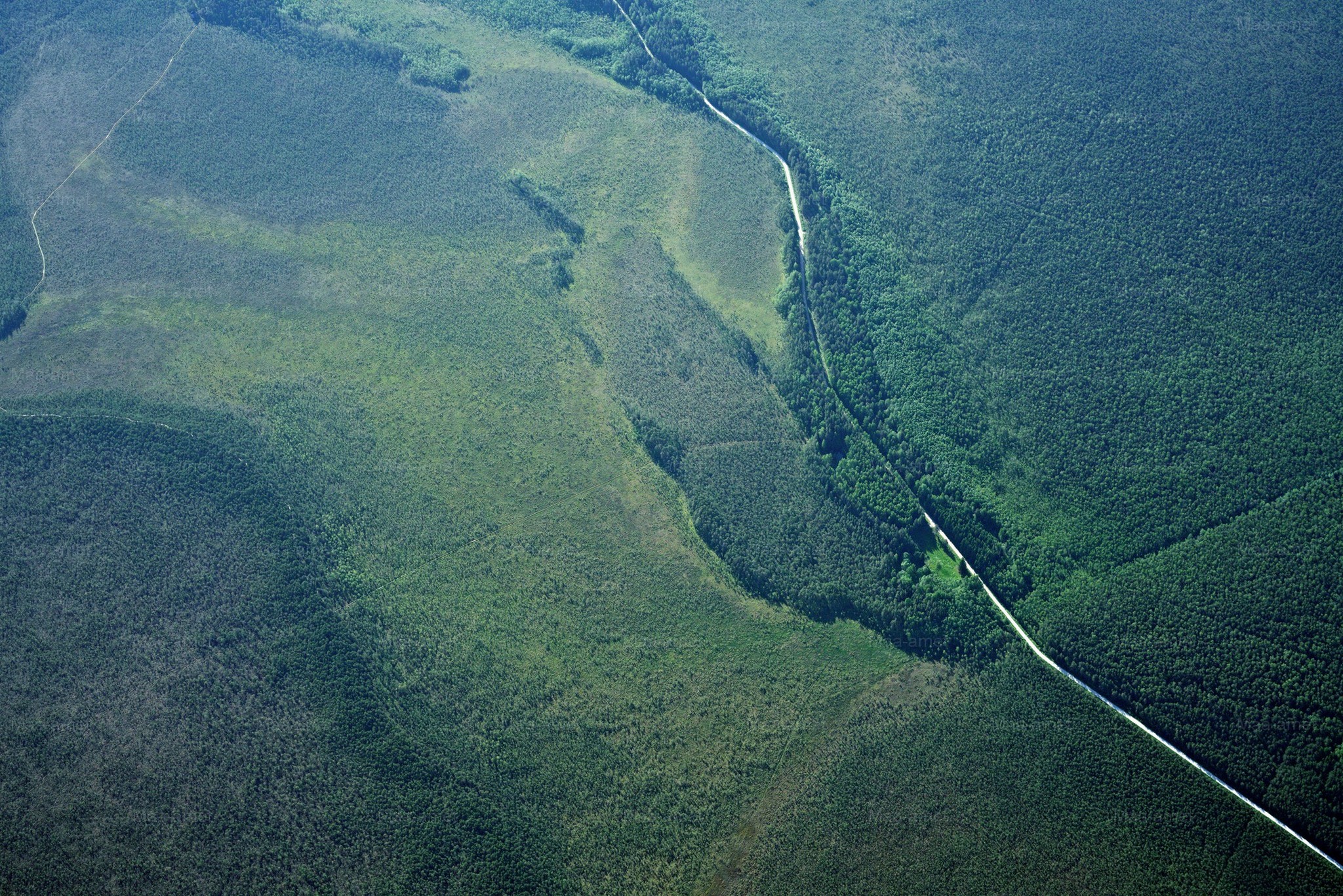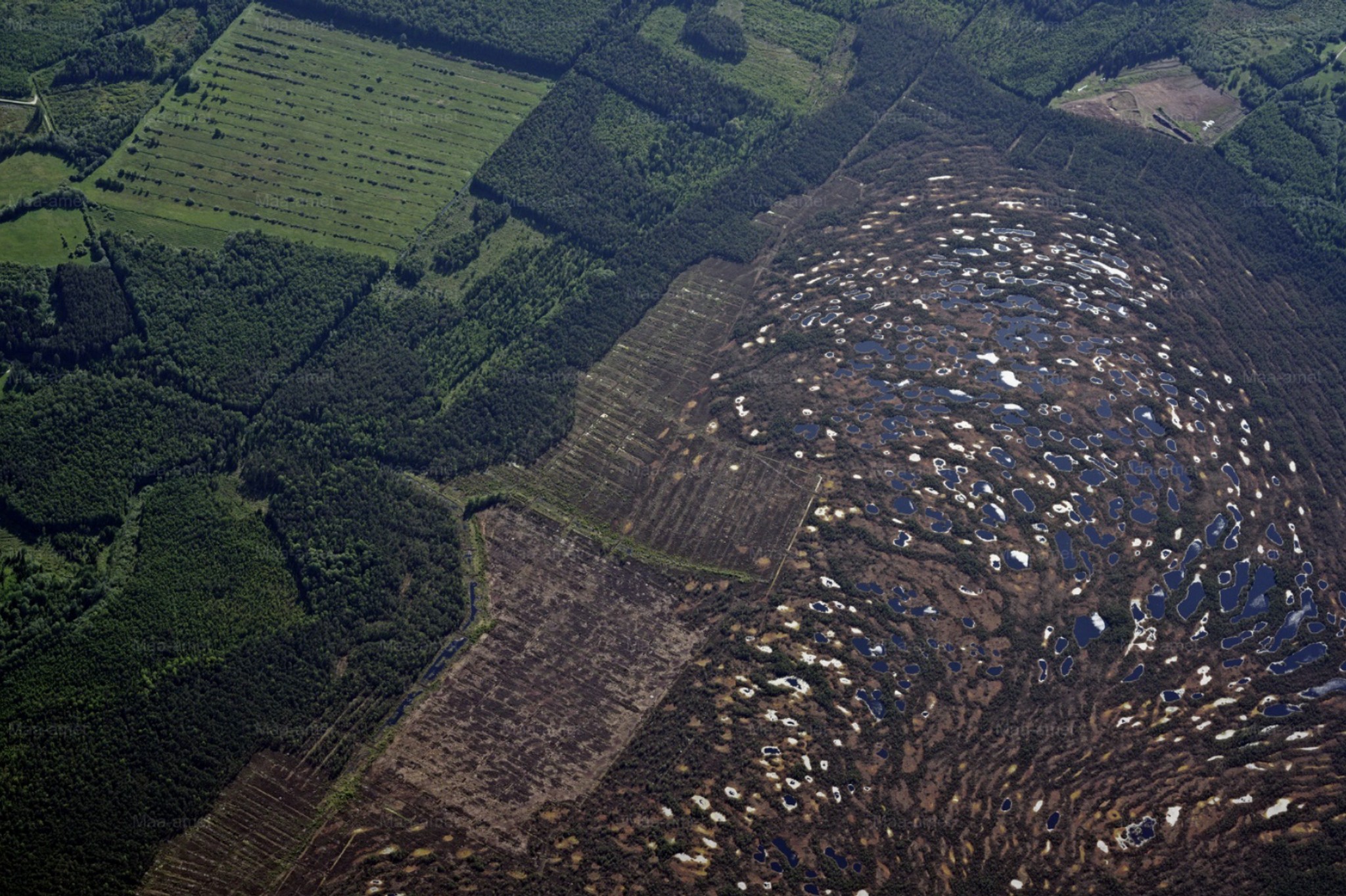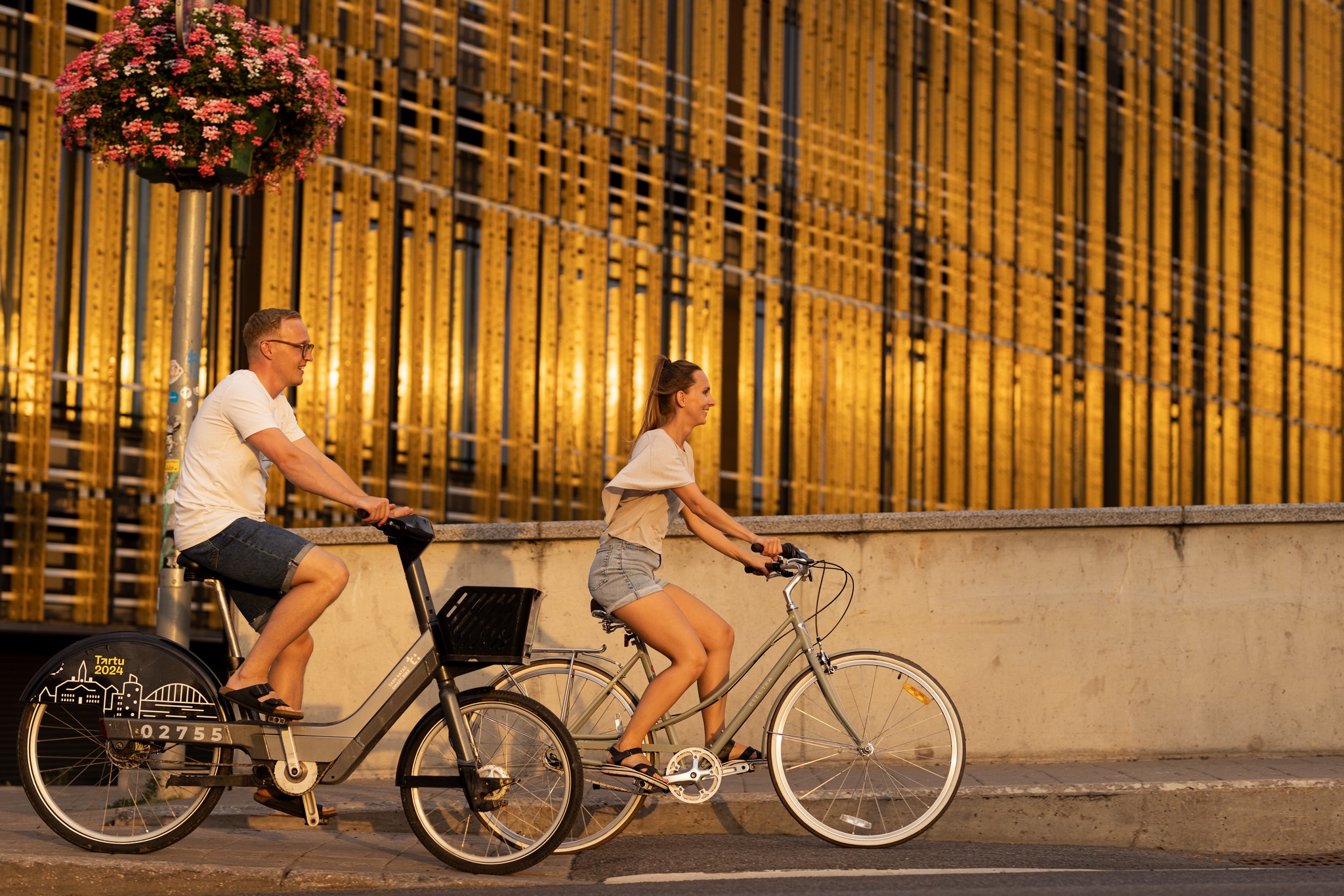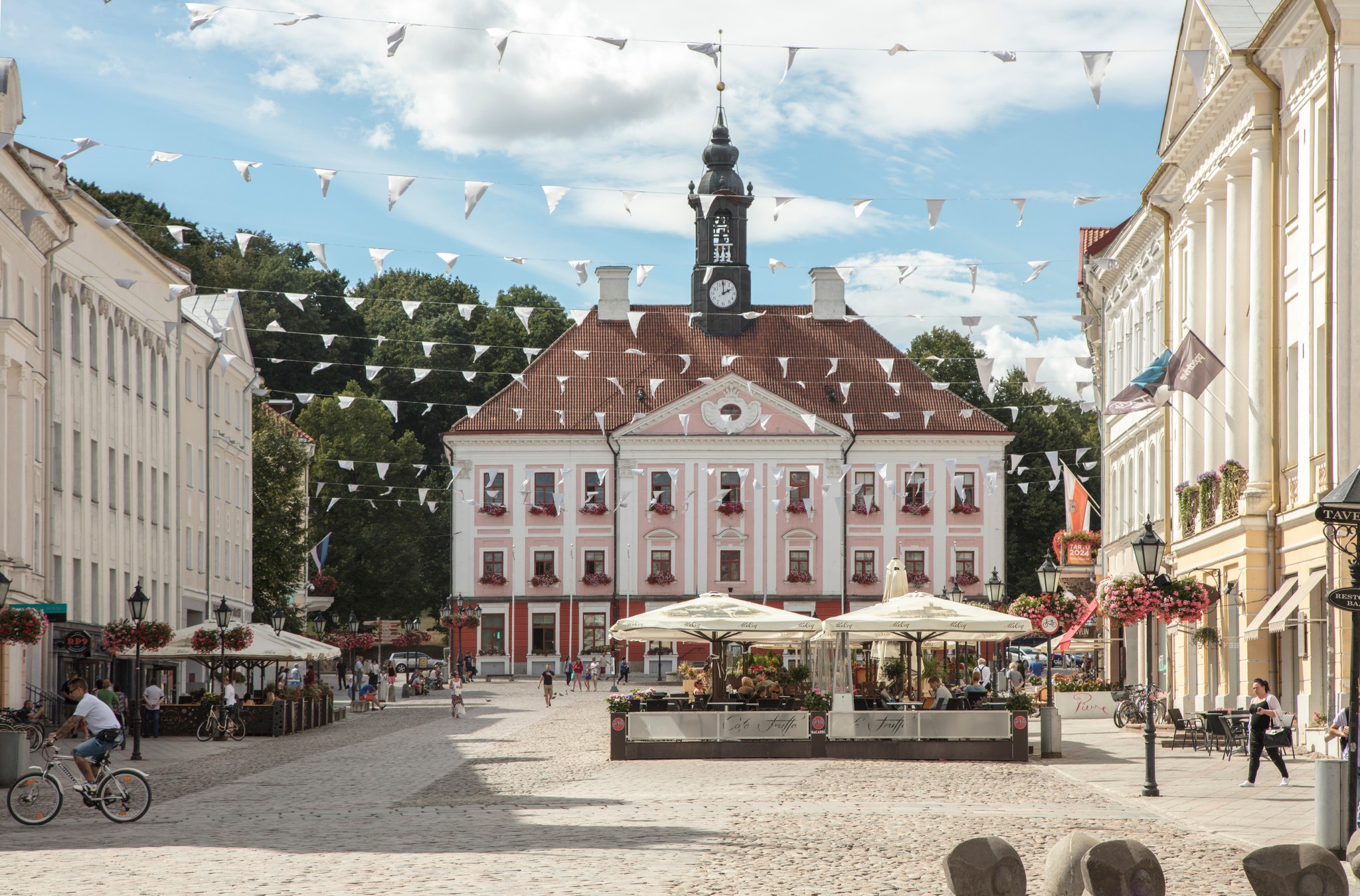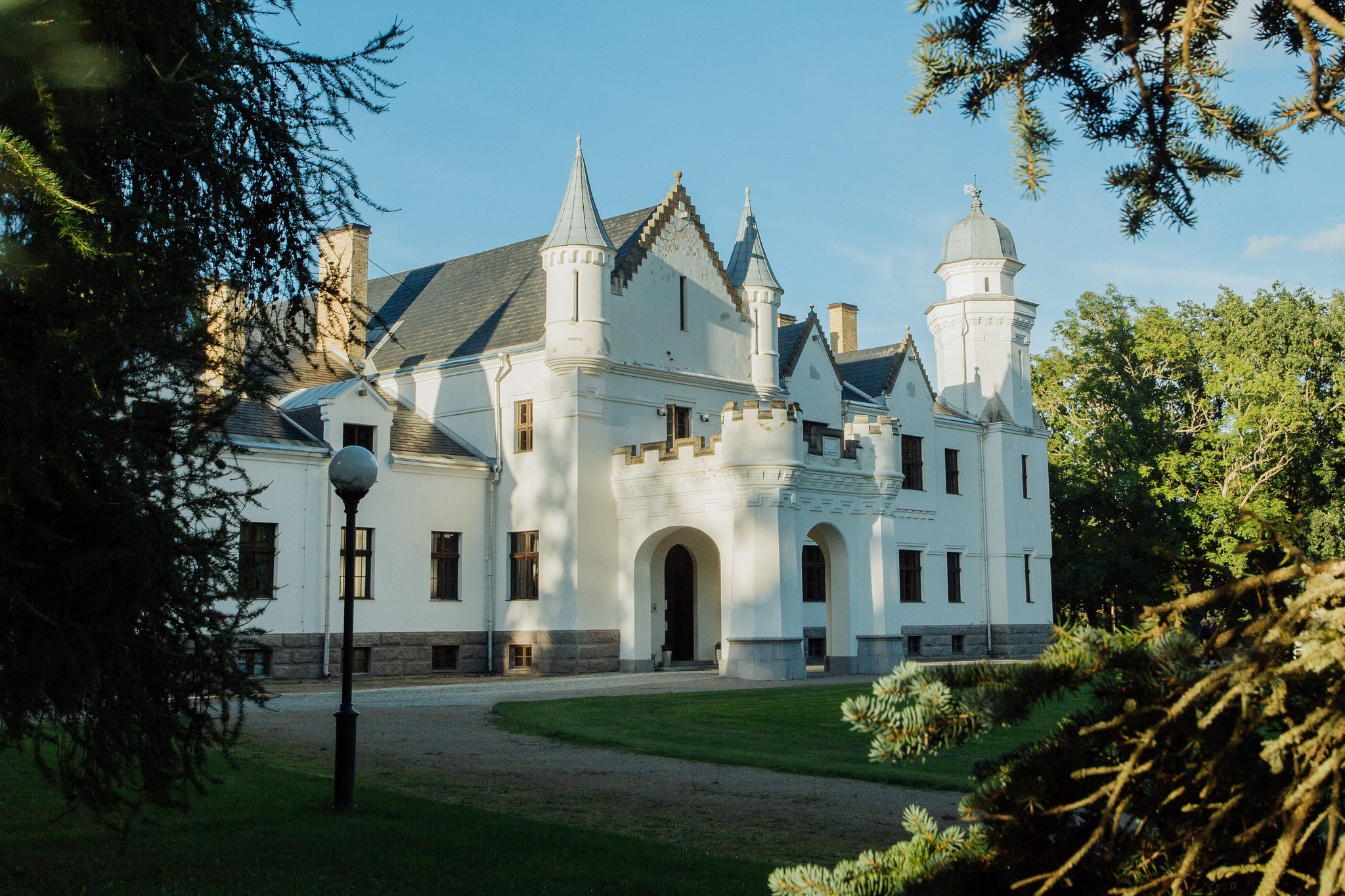Half-day tours on August 28
Duration: approx. 15:30-19:00
1. Restoration of amphibian ponds in Otepää
As amphibians need both terrestrial and aquatic habitats, their successful reproduction and species diversity are ensured by natural wetlands and small water bodies with different characteristics. Unfortunately, such water bodies are disappearing from the landscape, mainly due to agriculture and forestry. To restore such habitats, experts from the University of Tartu selected in 2020 nine Natura sites adjacent to intensively managed agricultural landscapes, where a total of 100 amphibian breeding sites will be restored across Estonia. By summer 2024, 60 small water bodies will be restored, 14 of those in Otepää Landscape Park. During this excursion we will go to explore restored amphibian ponds close to Otepää (ca 1 hour drive from Tartu), to see how these ponds have developed and check who is inhabiting them. The tour is led by Riinu Rannap, associate professor in wetland ecology at the University of Tartu.
Start: Estonian National Museum (ERM)*, bus leaves at 15:30
End: Tartu city centre*
Duration: 4 hours
Max number of participants: 45
*The exact locations will be sent to participants in a newsletter in the beginning of August.
This excursion is organised by the LIFE IP project „ForEst&FarmLand“ (LIFE18IPE/EE/000007, www.loodusrikaseesti.ee/en) which aims to protect and restore Estonian landscapes and ecosystems, as well as improve the condition of the species and habitats of our forests and farmlands. The project operates in four areas — forests, semi-natural grasslands, conservation agriculture and species conservation. Together with scientists, foresters and farmers, land managers and local communities, the project tests various nature conservation activities and methods and provides practical guidance on how each person can contribute to the preservation and restoration of biodiversity.
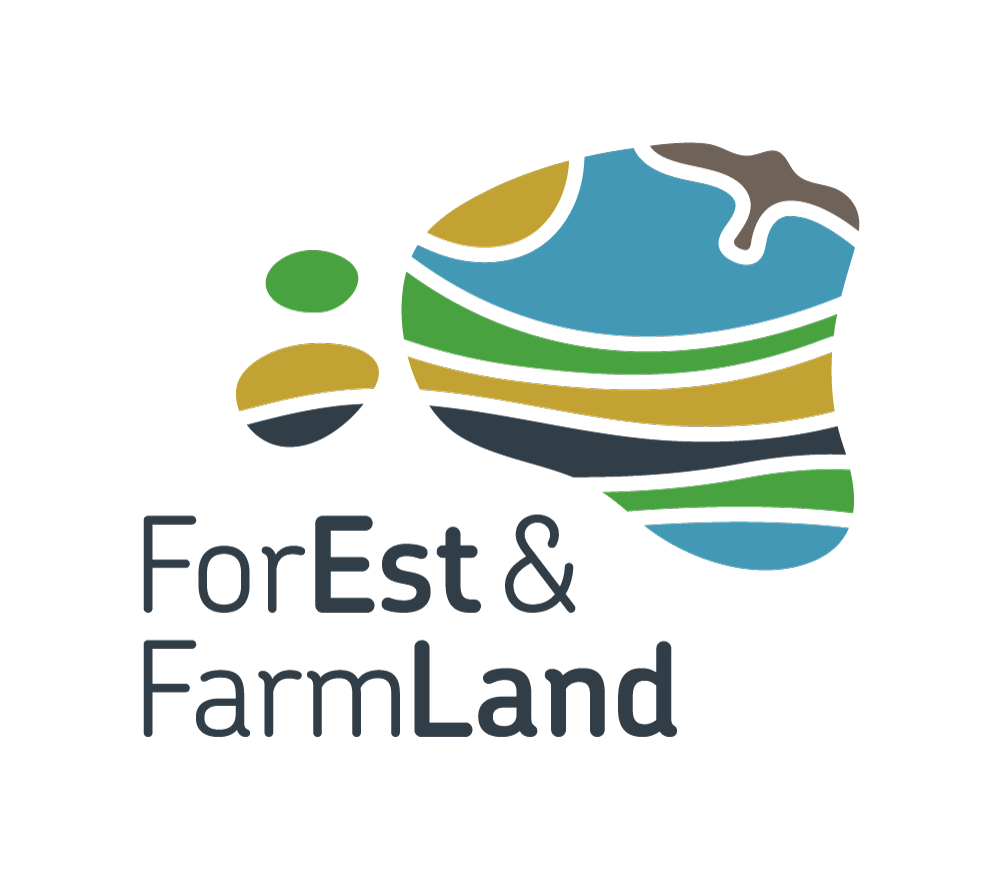
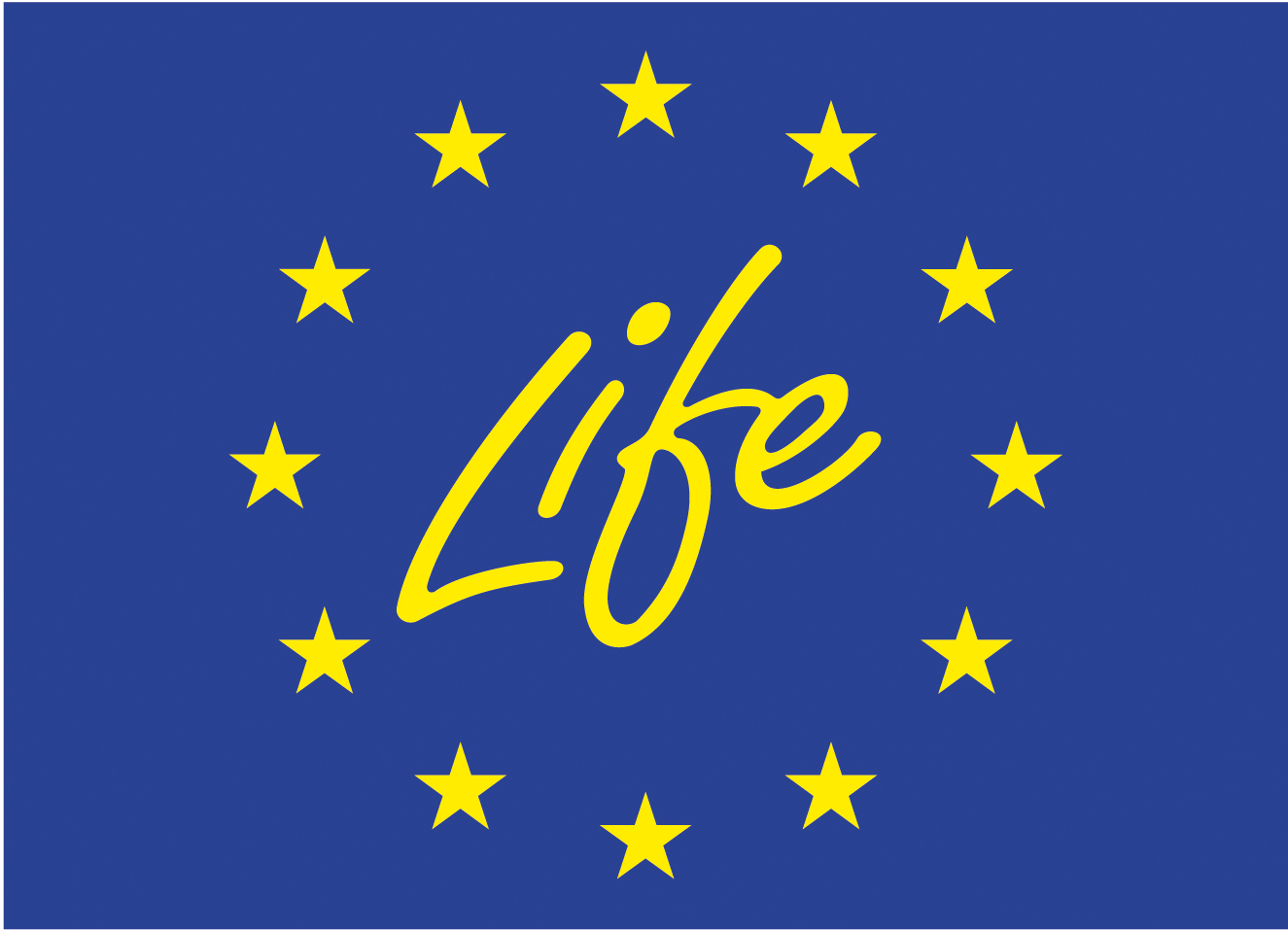
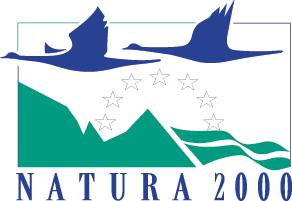
2. Vooremaa Landscape Reserve and native seed production farm
Vooremaa Landscape Reserve protects the drumlin landscape of Lake Saadjärv. Drumlins are glacial landforms composed of glacial till, a mixture of clay, sand, gravel, and boulders. In the reserve, there are 18 clear-shaped drumlins 2.5-5 km in length, 0.5-0.8 km in width and 20-40 metres high. The slopes and tops of the towering drumlins that resemble a convex bread loaf are used as croplands and grasslands or are forested. Beautiful oblong lakes, rivers and patches of bogs are situated between the drumlins. This excursion takes you through the impressive drumlin landscape and allows you to admire the views from the glacial “bread loafs”.
Seeds of native plants are an essential component of many restoration projects. Growing and harvesting native seeds is not an easy task as all species have their specific requirements. A spin-off company of the University of Tartu - Nordic Botanical - has a mission to promote biodiversity and develop nature-based solutions. The main focus of their business is producing and selling seeds of domestic plants. Over 120 different domestic plant species are growing in their seed farm. They have collected the original propagating material of all plants from Estonian nature. Mart Meriste, the CEO and one of the founders of the company will show you around and share the joys and challenges of growing native seeds.
NB! There might be an opportunity to swim in Lake Saadjärv if the weather and water conditions permit. You are welcome to bring a swimsuit and a towel with you.
Start: Estonian National Museum (ERM)*, bus leaves at 15:30
End: Tartu city centre*
Duration: 4 hours
Max number of participants: 45
*The exact locations will be sent to participants in a newsletter in the beginning of August.
3. Barge trip on the river Emajõgi
The Emajõe-Peipsi barge, a distinctive merchant sailing vessel, has sailed the rivers and lakes of this region for over 600 years—from the times of the Hanseatic League to the mid-20th century. The barge returned to Emajõgi half a century later, when the Emajõe Barge Society rebuilt a barge and named it Jõmmu. Join us on Jõmmu on an interesting journey to explore the beauty of the present-day Emajõgi. Discover its natural banks, oxbow lakes and the human-made structures along its shores. Learn about the river's ecology, both natural and man-made. This voyage offers a mix of history, nature, and craftsmanship, allowing you to experience the rich maritime tradition on this historic vessel.
The boatmen will tell you the story of the barge and fish biologist Meelis Tambets will show you some fish spawning sites that were restored more than 10 years ago with the help of LIFE+ project HAPPIFISH (LIFE+ 07 NAT/EE/000120) and tell you about the ecology of the river Emajõgi. Moreover, he will introduce new LIFE-SIP AdaptEST project (LIFE21-IPC-EE-LIFE-SIP AdaptEst/10106956) where he is responsible for habitat restoration and reintroduction of endangered fish species.
Start: Estonian National Museum (ERM), the bus taking you to the barge leaves at 15:30
Duration: 3-3.5 hours
Max number of participants: 34
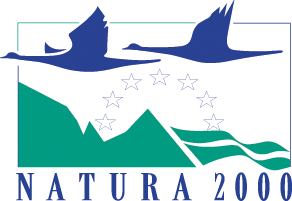


4. Raadi Nature Reserve, Raadi park and traditional hay mowing with a scythe
Raadi Nature Reserve, situated on the outskirts of Tartu just around the corner from our conference venue, is a hidden botanical gem with a unique history as a closed-off military territory during the Soviet era. At the same time, the reserve holds exceptional botanical richness with a high number of rare and protected species, including several orchids. Over the last several decades the abandoned species-rich meadows have started to overgrow with trees and shrubs. To restore the meadows, trees and shrubs were removed from a large part of the grassland two years ago and the restoration works will continue in 2024. During this excursion, we will explore these ongoing restoration works and the diverse vegetation in both the mesic and wetter parts of the Raadi Nature Reserve. Our guide Ott Luuk is one of the best botanists in Estonia who has in-depth knowledge of the vegetation of Raadi.
On the way to the Raadi Nature Reserve, we will pass through the park surrounding our conference venue, the Estonian National Museum. This area used to be the territory of the Raadi manor for hundreds of years until it was taken over by the Soviet military in the 1940s and made into an airfield. We will hear more about the history and the restoration efforts that have made the park what it is now.
We will end the tour with hands-on experience of the use of the scythe. You can learn how to cut grass and weeds without the need for a noisy fossil-fuel lawnmower or strimmer. Our tutor is Indrek Kuuben, an experienced scythesman who has been scything and teaching for many years and can share the nuances of this age-old technique.
NB! As our tour includes a short hike and the scythe mowing workshop includes hands-on activity, we suggest comfortable workwear and proper footwear like sneakers (no flip-flops or sandals!).
Start: Estonian National Museum (ERM), tour starts at 15:30
Duration: 4 hours
Max number of participants: 35
5. Tartu parks and urban nature (UrbanLIFECircles project)
For some years now, Tartu has been dedicated to enhancing the biodiversity in its green spaces. The UrbanLIFEcircles project is a significant step in this process, creating a network of interconnected green areas throughout the town to establish habitats for various species, mitigate the effects of climate change and create a high-quality living environment for everyone. During this excursion, we will visit city parks and other green areas in Tartu, explore different ways to promote biodiversity within an urban setting and hear about the challenges it presents.
Start: Estonian National Museum (ERM), tour starts at 15:30
Duration: 2.5-3 hours
Max number of participants: 30

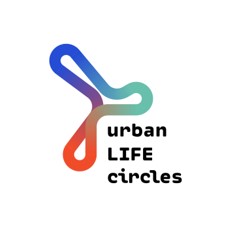
6. Floodplain meadows in Alam-Pedja Nature Reserve
Alam-Pedja Nature Reserve, located in the depression of Lake Võrtsjärv is an area of large swamps, primaeval forests, winding rivers and broad floodplain meadows. The area with almost no human settlements offers good hiding, feeding and nesting possibilities for species who are fearful of people. In the mosaic landscape of old-growth forests and swamps, one meets wolves, bears, lynxes, white-tailed eagles, and golden eagles. The species list of Alam-Pedja includes 485 vascular plant species, 35 fish, and 196 birds. The flooded meadows of the nature reserve are one of the most important nesting areas of the great snipe (Gallinago media) in the Baltic States.
The field trip to Alam-Pedja introduces the floodplain meadows of the river Pedja. Floodplain meadows are periodically flooded meadow communities with a rich soil. They are rare in Estonia and in the entire Europe. The meadows that we are visiting have been restored since 2000, and are managed either by mowing or by grazing by Highland cattle. We will meet the researchers who have been monitoring the meadows, and the local manager who can give a good insight into the practical management and restoration. One subject that can be discussed on site, is the mowing time of Gladiolus imbricatus habitats.
Start: Estonian National Museum (ERM)*, bus leaves at 15:30
End: Tartu city centre*
Duration: 4-4.5 hours
Max number of participants: 45
*The exact locations will be sent to participants in a newsletter in the beginning of August.
7. Vainu wooded meadow in Alam-Pedja Nature Reserve
During the trip, we get acquainted with the Vainu wooded meadow, located on shores of the river Emajõgi. Much of this meadow has been recently restored and is now being managed with the help of volunteer working camps. This meadow is currently managed in the traditional way – with scythes, which is rather unique nowadays. As a part of the WoodMeadowLIFE project, we are planning to restore the border areas of Vainu, which are overgrown by trees and bushes. Some parts of the currently managed meadow need tree stand thinning in order to improve lighting conditions for vascular plant species. The area is also influenced by seasonal floods, which carry nutrients to the area and alter the plant community.
Wooded meadows, where species richness thrives across different species groups, are declining because of the lifestyle changes in rural areas (mostly the decrease in animal husbandry). Due to that, the main threat to wooded meadows is abandonment or even inappropriate land management, often driven by the need to increase land cost-effectiveness. The goal of the WoodMeadowLIFE project is to restore a total of 700 ha of old, overgrown wooded meadows in Estonia and Latvia, which is ~10% of the total boreal coverage, and find best practices for sustainable management.
Start: Estonian National Museum (ERM)*, bus leaves at 15:30
End: Tartu city centre*
Duration: 4 hours
Max number of participants: 35
*The exact locations will be sent to participants in a newsletter in the beginning of August.
This excursion is organised by the Estonian-Latvian joint LIFE project (LIFE20 NAT/EE/000074) "Restoring and promoting a long-term sustainable management of Fennoscandian wooded meadows in Estonia and Latvia" focuses on the restoration of wooded meadows in Estonia and Latvia, creation of sustainable solutions for maintenance and on raising public awareness of the natural and cultural heritage of wooded meadows and their protection and management.



8. The hiking trail of Selli-Sillaotsa bog
Estonia is famous for its vast picturesque raised bogs. On this excursion, you have a chance to visit one. The Selli-Sillaotsa hiking trail is located within the Alam-Pedja Nature Reserve. The trail starts at the edge of the pine forest in Laeva bog, offering scenic views of the bog and surrounding forest. On the trail, there is a lookout tower which provides an elevated vantage point for the scenery. Following a wooden boardwalk to the bog, you can see various stages of bog development. This area is also known for its many cranberry and cloudberry spots. The trail is 4.7 km long, with 3.5 km winding through the beautiful forest and bog, and the remaining 1.2 km on a gravel road. The excursion is led by Marko Kohv who is a researcher of applied geology at the University of Tartu and who knows a lot about mire restoration in Estonia.
Start: Estonian National Museum (ERM)*, bus leaves at 15:30
End: Tartu city centre*
Duration: 3-3.5 hours
Max number of participants: 45
*The exact locations will be sent to participants in a newsletter in the beginning of August.
9. The Soosaare bog restoration area
The restoration area (ca 167 ha) is a former peat extraction field at the edge of the large, relatively undisturbed Soosaare bog. Peat extraction started already in the 19th century and consists of holes and larger areas along the sloping edge of the mire. The mining activities were abandoned in the beginning of the 1990s and the water regime was not restored. Bog vegetation in the former peat extraction area has partly disappeared or is damaged and some of the area was overgrown with trees. In 2012, the Estonian Fund for Nature completed a preliminary restoration plan for the area and this was the basis for the further planning of restoration activities. Before the restoration started, the vegetation had regrown to some extent since the end of peat extraction (20–30 years ago) but it was far from natural bog vegetation. Restoration actions began in the autumn of 2017 and were largely finished in 2018. During the excursion, participants will be introduced to different restoration techniques of the damaged bog and will also visit the intact part of the bog with many bog pools.
The excursion will be guided by Jüri-Ott Salm (project coordinator) from the Estonian Fund for Nature and Elin Soomets-Alver (biologist implementing species monitoring) from the University of Tartu. Link for the full description of the excursion.
Start: Estonian National Museum (ERM)*, bus leaves at 15:30
End: Tartu city centre*
Duration: 4-4.5 hours
Max number of participants: 45
*The exact locations will be sent to participants in a newsletter in the beginning of August.
Restoration and monitoring actions were implemented in the course of a project “Conservation and Restoration of Mire Habitats” (LIFE Mires Estonia; project no: LIFE14 NAT/EE/000126 with the contribution of the LIFE financial instrument of the European Community. Project web site: soo.elfond.ee. Monitoring is ongoing in the course of the project Implementation of national climate change adaptation activities in Estonia (LIFE21-IPC-EE-LIFE-SIP AdaptEst/101069566). Restoration and monitoring actions are coordinated by Estonian Fund for Nature.


10. Emajõgi river tour on electric bikes
The river Emajõgi, known as the "Mother River" for Estonians, runs right through the heart of Tartu city. The riverbanks within the city vary from more natural to completely artificial. Exploring this mix of nature and city life is a breeze when you're on bikes.
We are keeping it easy and fun by using electric bikes from the city's bike-sharing system for our trip. From the first stopping point at Kroonuaia Bridge, you get a glimpse of the natural riverbanks entering the city. Heading downstream, there are examples of cool graffiti art under the bridges, a laid-back urban grove on Vabaduse Street, the bustling city centre, Anne Channel, a pond restoration site, and the scenic Emajõe polder. It's a relaxed bike tour, showing you the best of both nature and city life of Tartu.
Start: Estonian National Museum (ERM), tour starts at 15:30
Duration: 3-3.5 hours
Max number of participants: 14
GOOGLEMAPS! https://www.google.com/maps/d/u/0/edit?mid=19AInoXa8ieDNBsahvlZqUkfBNYylQSQ&usp=sharing
11. History of Tartu City
This Tartu city tour offers a captivating walk through the historical centre of Tartu guiding you to observe the imprints of history in Tartu, spanning from the Middle Ages to the present day. The tour encompasses an exploration of the historic buildings within the University of Tartu campus, distinguished with the European Heritage Label. You will climb the slopes of Toomemägi and see the Old Astronomical Observatory, an integral component of the Struve Geodetic Arc, designated as a UNESCO World Heritage Site.
The excursion is led by certified guides Reet Mägi and Kristina Mullamaa.
Start: Town Hall Square, at 16:00. Participants will walk with volunteers from ERM to Town Hall Square after the sessions end.
Duration: 1.5-2 hours
Max number of participants: 50
12. Exploring cultural heritage along the coastline of Lake Peipus
The excursion takes you to discover the rural landscape of eastern Estonia, along with its unique cultural heritage and the coastline of Lake Peipus. There will be short stops in the villages of the so-called Onion Road that display the lifestyle of the Old Believers. Around the areas close to the lake, we might see numerous bird species during their migration flight - you may wish to bring your binoculars. We will visit villages called Varnja, Kolkja (possibly stop to visit the Museum of the Old Believers), Nina (possibly stop near the local church and cemetery, and the lighthouse), and Alatskivi castle. The guide Kaarin Hein is a fellow biologist, a bird ecologist who has spent all her childhood summers in that part of Estonia.
Start: Estonian National Museum (ERM)*, bus leaves at 15:30
End: Tartu city centre*
Duration: 4 hours
Max number of participants: 45
*The exact locations will be sent to participants in a newsletter in the beginning of August.
